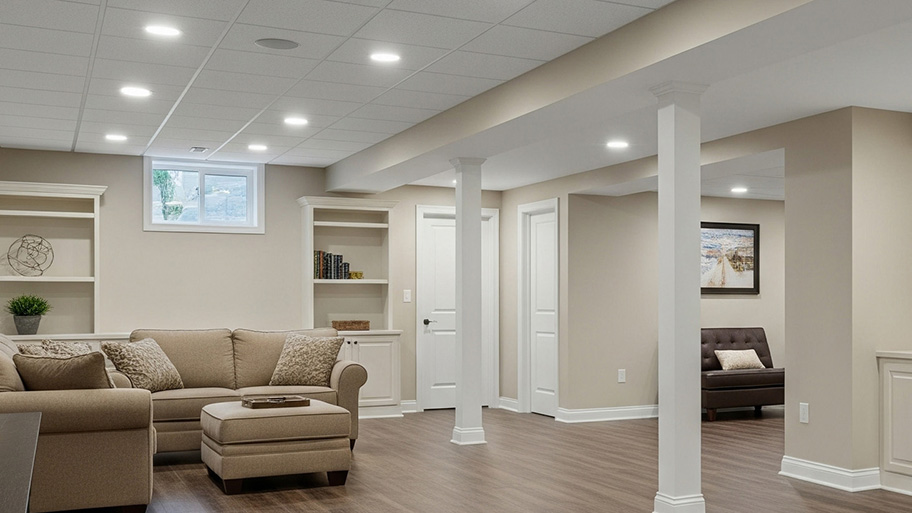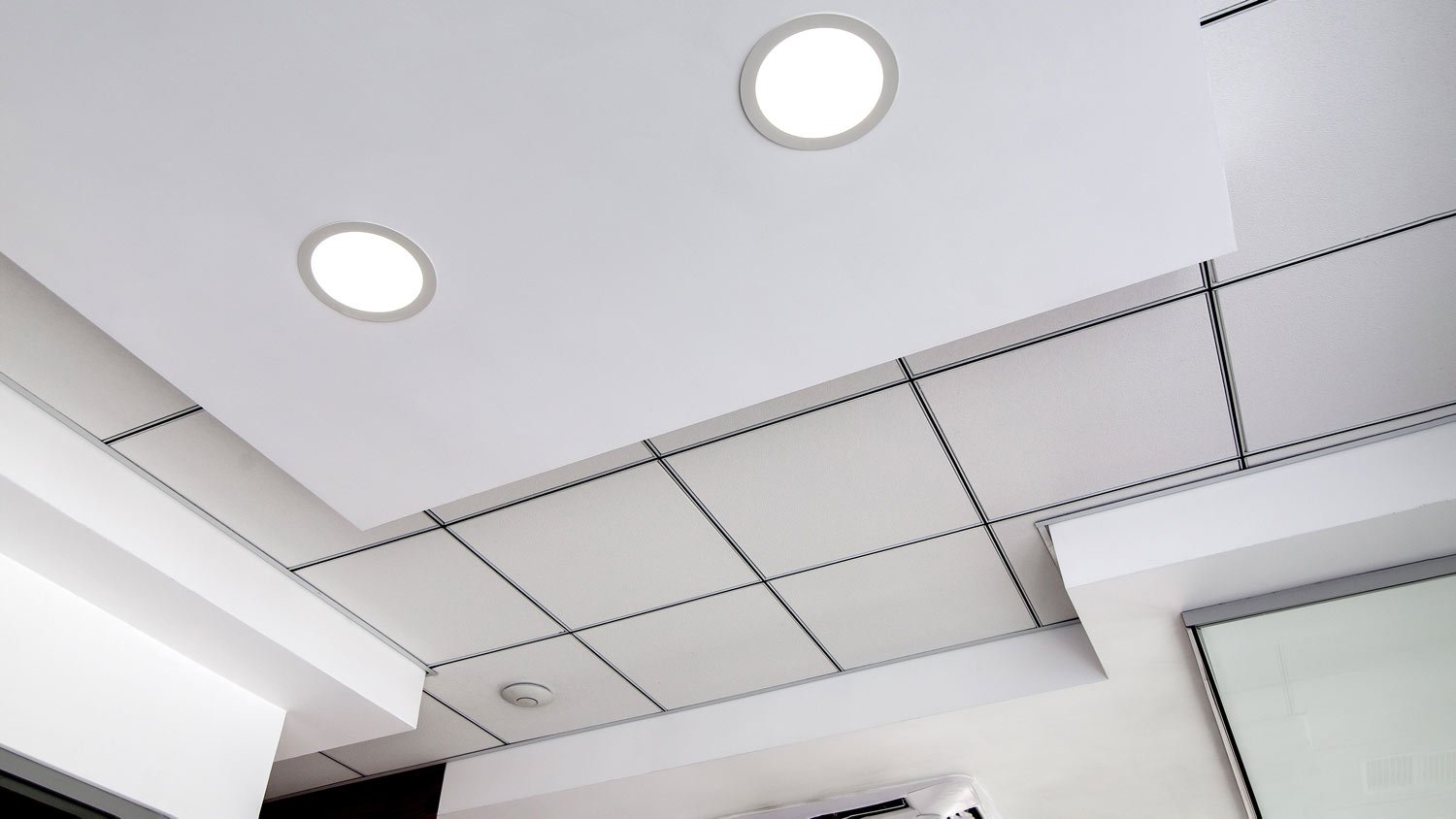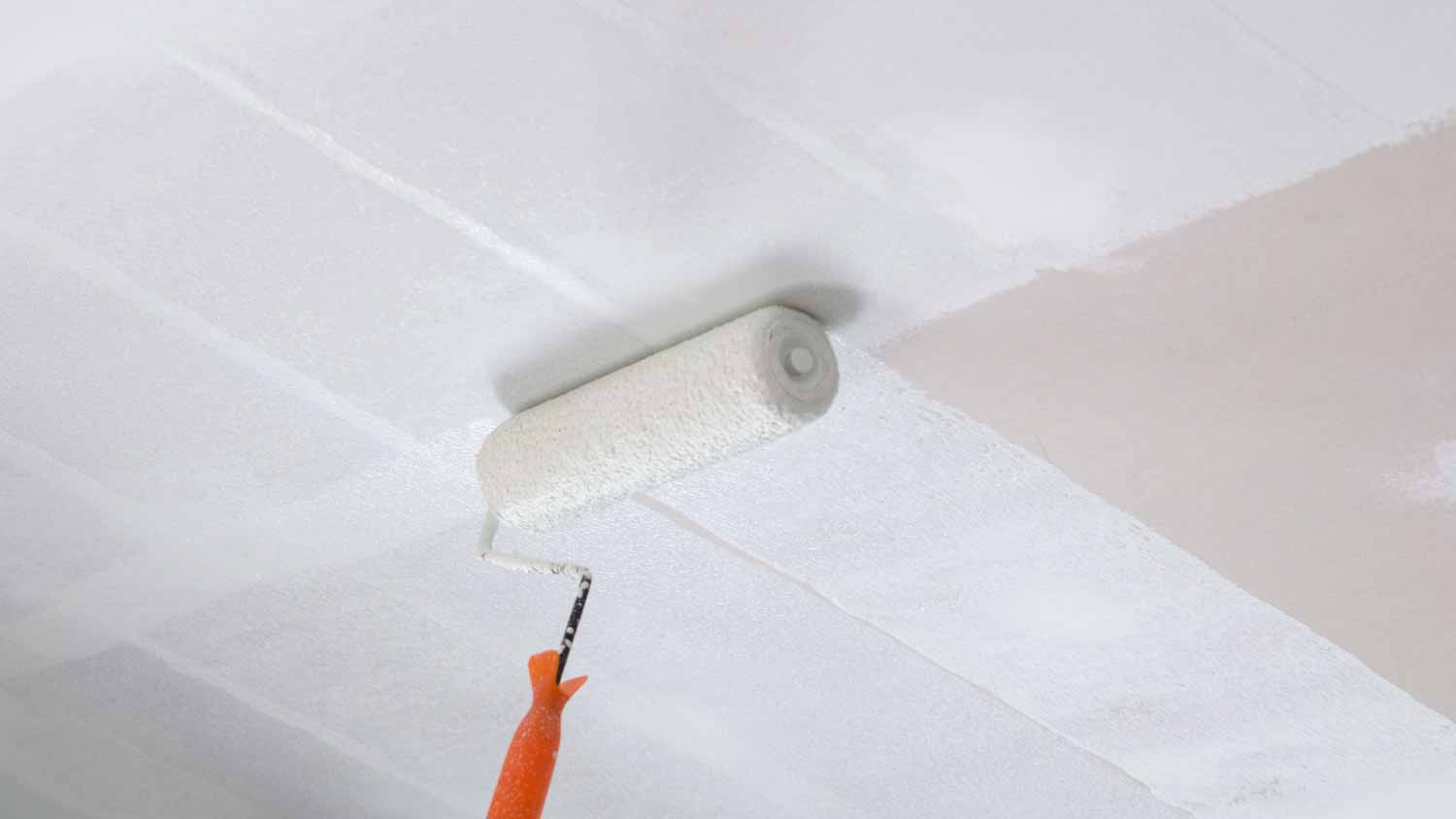
Get matched with top plaster repair specialists in Rolla, ND
Enter your ZIP and get matched with up to 5 pros
Need a pro for your plaster repair project in Rolla, ND?
Find Plaster repair specialists in Rolla

J and M Home and Lawn Services
J and M Home and Lawn Services
Looking for quality construction or handyman services? Let our family run business handle all your roofing and siding, windows and doors, handyman projects, or fencing, painting, and home improvements. Free estimates.
"Very professional"
Tim S on June 2023
Looking for quality construction or handyman services? Let our family run business handle all your roofing and siding, windows and doors, handyman projects, or fencing, painting, and home improvements. Free estimates.
"Very professional"
Tim S on June 2023
Gampp & Fitzgerald, LLC
Gampp & Fitzgerald, LLC
GNF Builders LLC. is a small company of 20 employees, working with contractors and homeowners in Minot and surrounding areas.
GNF Builders LLC. is a small company of 20 employees, working with contractors and homeowners in Minot and surrounding areas.
The Rolla, ND homeowners’ guide to plaster repairs
From average costs to expert advice, get all the answers you need to get your job done.
 •
•Drop ceilings are an affordable way to finish your room while maintaining access to utilities. Use this drop ceiling cost guide to estimate your project total.

The cost of plastering walls and ceilings depends on the room size and ceiling height. Our tips can help you estimate an accurate cost.

The eye-catching character of a coffered ceiling can really set your room design apart. This guide breaks down coffered ceiling costs to help you budget.

Learn how to figure drop ceiling grid and tile material for any room in your home using this calculator to minimize waste and maximize attractiveness.

Applying the right amount of mist coat extends the life of your paint. But how many times should you mist coat new plaster? Find out with this guide.

Who do you call for ceiling repair? Trust experienced contractors and other professionals for thorough assessment, removal, and restoration.
- Electrical in Rolla
- Kitchen And Bath Remodeling in Rolla
- Windows in Rolla
- Tree Service in Rolla
- Lawn And Yard Work in Rolla
- Mold Testing And Remediation in Rolla
- Mailbox Repair in Rolla
- Foundation Repair in Rolla
- Cabinet Makers in Rolla
- Flooring in Rolla
- Pest Control in Rolla
- Doors in Rolla
- Cabinet Refinishing in Rolla
- Roofing in Rolla
- Kitchen And Bath Remodeling in Rolla
- Tree Service in Rolla
- Electrical in Rolla
- Plumbing in Rolla
- Windows in Rolla
- Siding in Rolla
- Fencing in Rolla
- Flooring in Rolla
- Lawn And Yard Work in Rolla
- Concrete Repair in Rolla
- Foundation Repair in Rolla
- Concrete Driveways in Rolla
- Garage Builders in Rolla
- Handyman Service in Rolla
- Epoxy Flooring in Rolla
- Carpet Cleaning in Rolla
- 🌱 "Mow a small front yard"
- 🛠 "Fix a leaking pipe under the sink"
- 🏠 "Repair shingles on an asphalt roof"